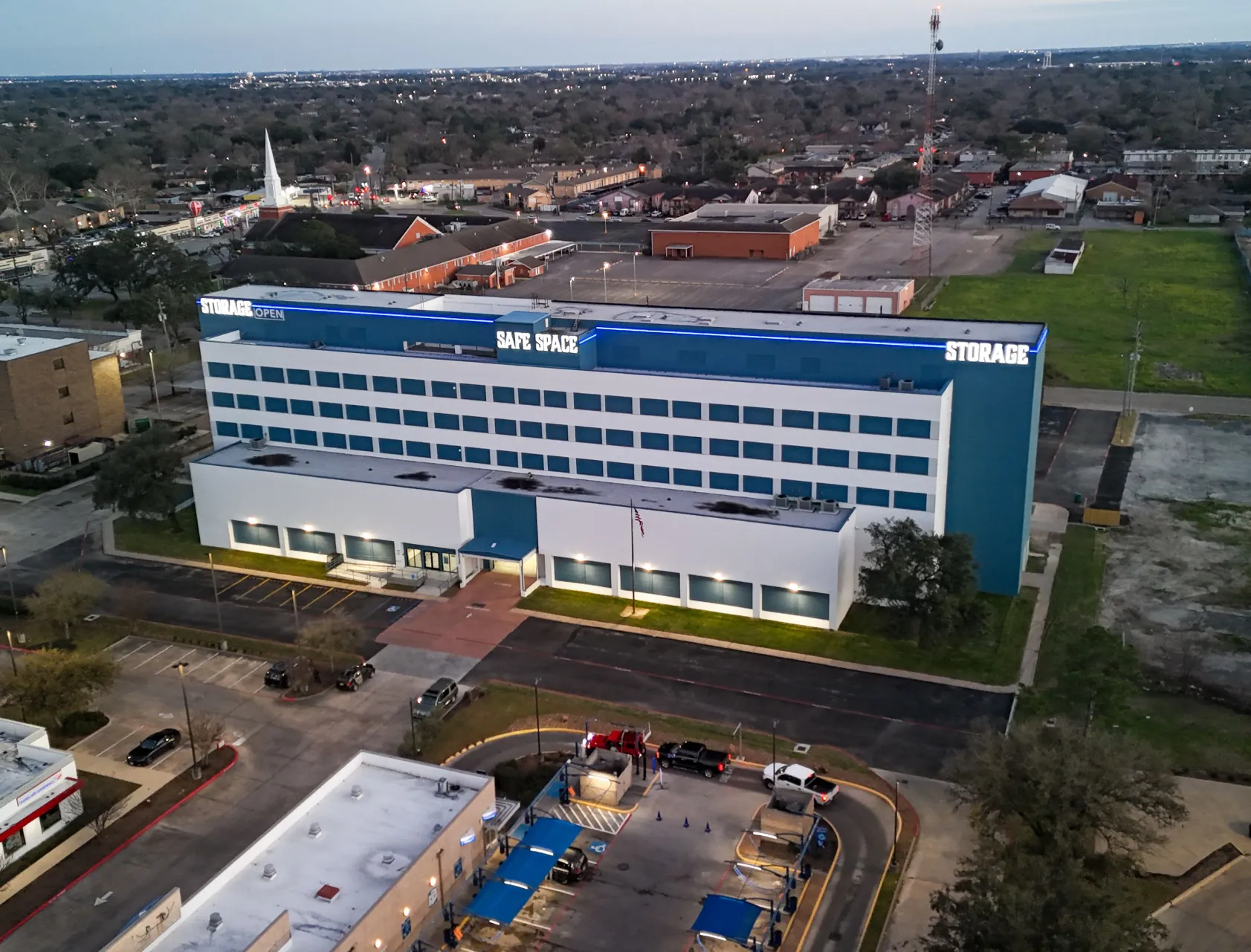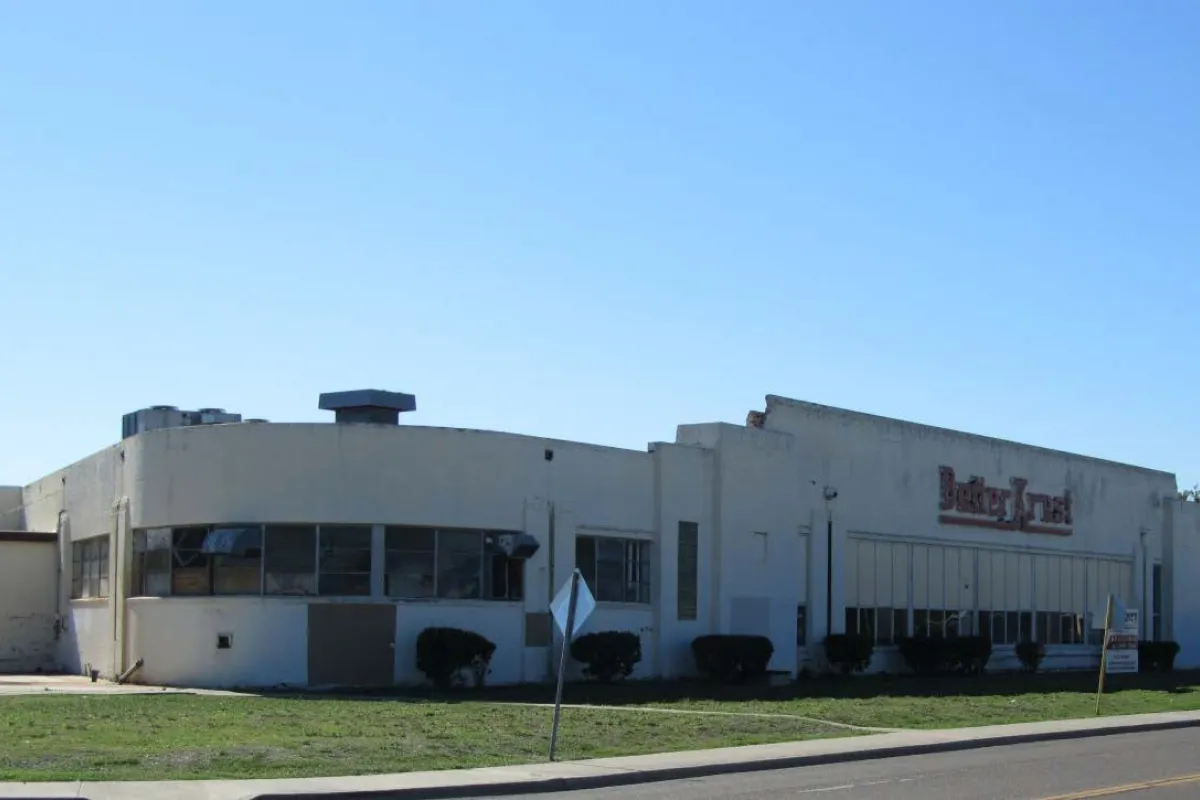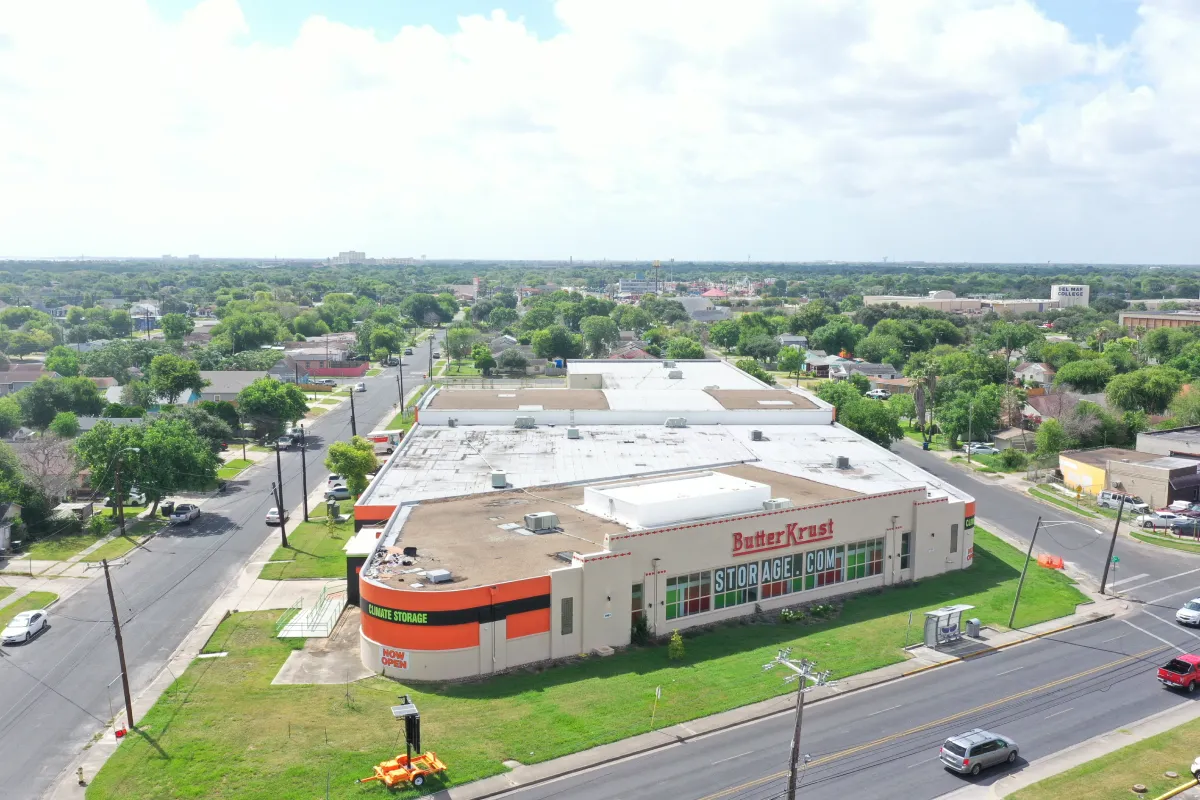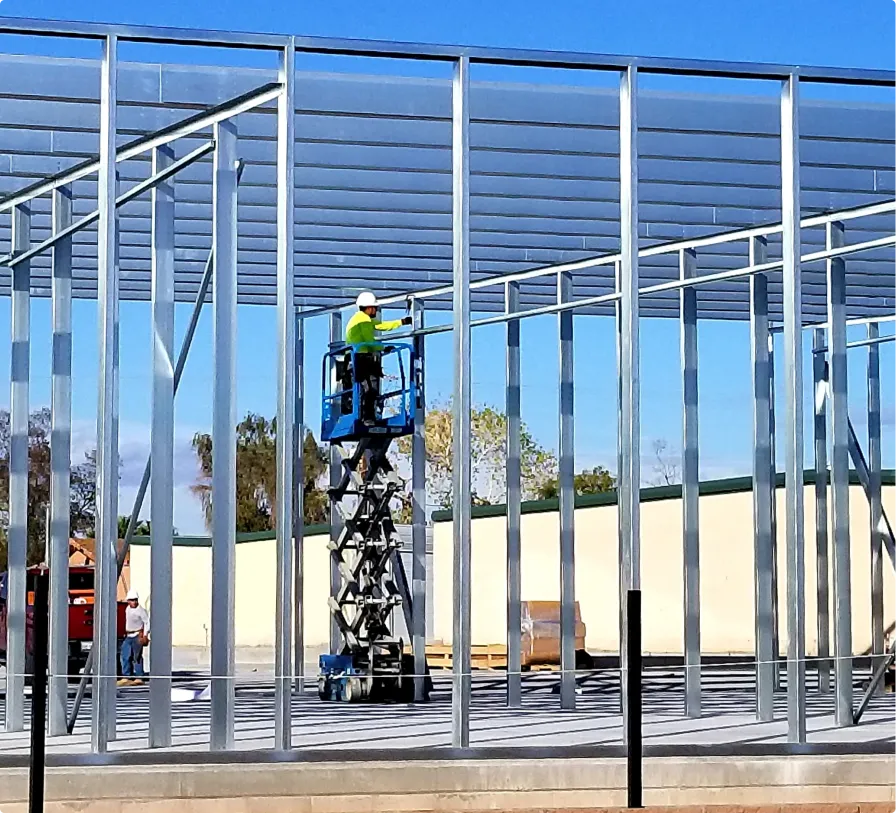
Our
Approach
Investment Process
Site Selection
Identify strategic markets and properties that align with investment criteria, focusing on high-demand areas and value-add opportunities.
Offer & Acceptance Agreement
Negotiate and execute a purchase agreement between buyer and seller, securing the property under contract.
Due Diligence & Feasibility Period
Conduct financial analysis, property inspections, zoning reviews, and risk assessments to ensure viability and mitigate investment risks.
Capital Raise from LP Investors
Secure funding from accredited investors through syndication or fund structures, ensuring sufficient equity for acquisition and development.
Closing
Finalize the purchase by completing legal and financial transactions, transferring ownership from seller to buyer.
Construction & Development
Implement project plans, oversee renovations or new construction, and manage contractors to enhance property value.
Asset Management
Optimize operations through strategic leasing, revenue management, and cost control to maximize returns and maintain property performance.
Sale, Exit, Disposition
Execute an exit strategy, either through refinancing, sale, or portfolio repositioning, ensuring maximum returns for investors.

Acquisitions
Target Properties with High ROI
The acquisition process for self-storage facilities includes defining an investment strategy, market research, deal sourcing, preliminary evaluation, due diligence, valuation, financing and closing. The post-acquisition plan focuses on implementing the business strategy and optimizing revenue. Target facilities for high ROI include value-add opportunities, distressed properties, and facilities in growing markets. Key metrics for high ROI include cap rate, cash-on-cash return, and internal rate of return.
Development
Build Best-In-Class Facilities
Conversion
Self-storage conversion involves transforming an existing building into a self-storage facility. Key aspects include building suitability (ceiling height, structural integrity, floor load capacity) and location factors (population density, visibility, accessibility, proximity to competitors). Cost advantages include avoiding land acquisition and new construction expenses. Suitable property types include big-box retail stores, warehouses, industrial buildings, and office buildings. Regulatory and zoning considerations, as well as interior design and modifications, are crucial. Market benefits include adaptive reuse and quick capitalization on demand.


Ground-Up
Building from the ground up allows us to create self-storage facilities meticulously tailored to a market’s specific demands, offering key advantages for our investors. We implement cutting-edge designs and technology to maximize operational efficiency and minimize long-term costs, ultimately enhancing investor returns. Strategic site selection in prime locations with unmet demand ensures a competitive edge and strong occupancy rates. Furthermore, new construction projects inherently appreciate over time, allowing our investors to participate in the creation of a valuable asset with significant growth potential.

Expansion
Expanding existing self-storage facilities presents a strategic opportunity to capitalize on proven market performance while offering distinct benefits for our investors. This approach mitigates risk and accelerates returns by leveraging existing customer bases and operational frameworks. Expansion allows us to add new units with a wider range of sizes and amenities, increasing rental income and profitability. It also enhances our market presence and brand recognition, leading to increased customer loyalty and a stronger competitive position. Finally, expansion projects often utilize existing infrastructure and management, leading to greater efficiencies and cost savings.


Asset management
Maximize Value
The asset manager in real estate investments maximizes property value and returns by overseeing operations, implementing investment strategy, managing finances, collaborating with property management, and managing capital expenditures. They also act as a liaison between the property and the investors and conduct market research to ensure the property remains competitive while mitigating potential risks.
